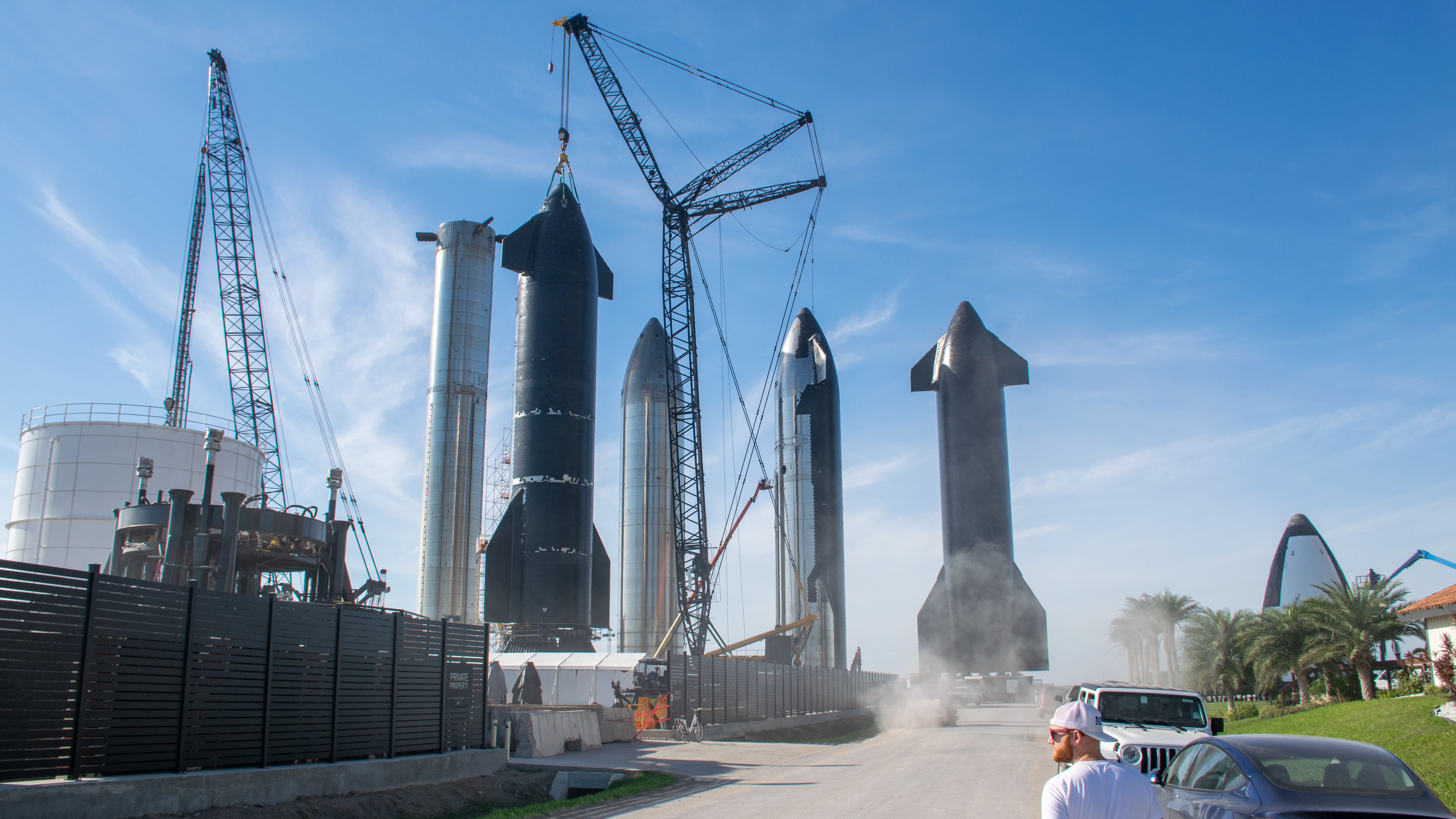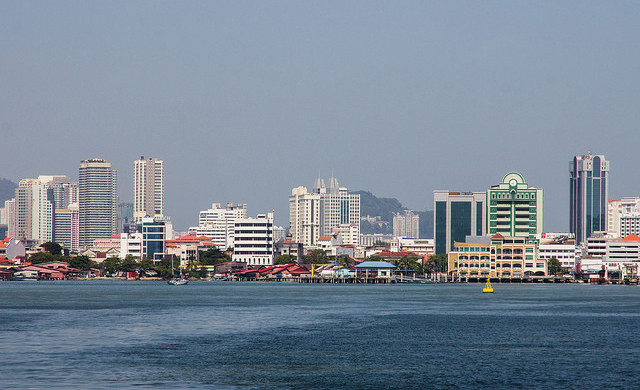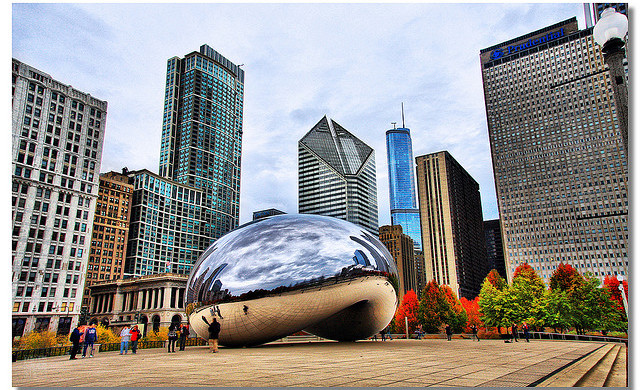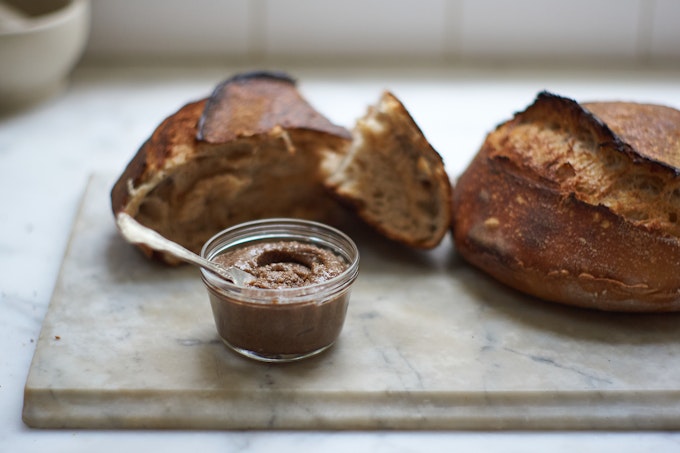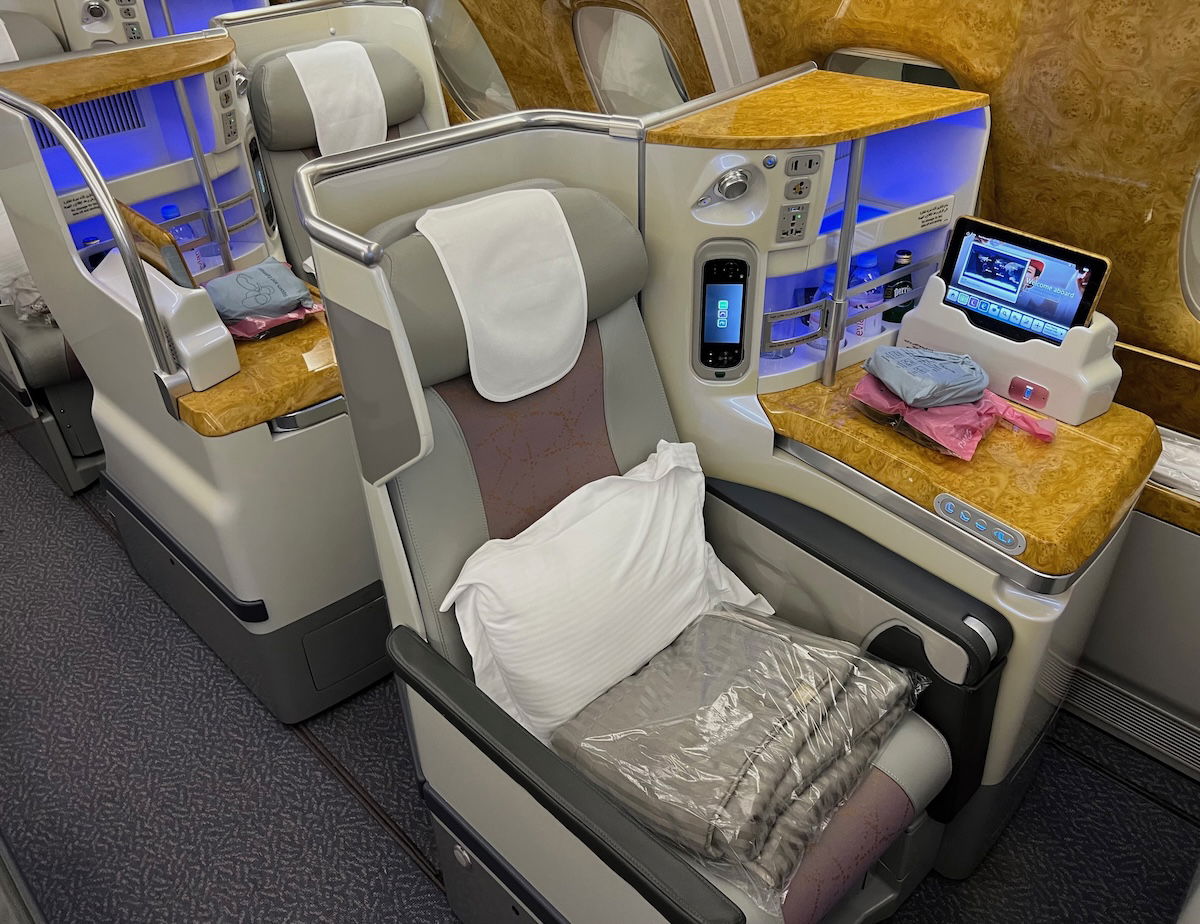Napa Who? The Forgotten Legacy of America’s First Official Wine Region in Missouri.
It's unpretentious, laidback, and still makes great vino.
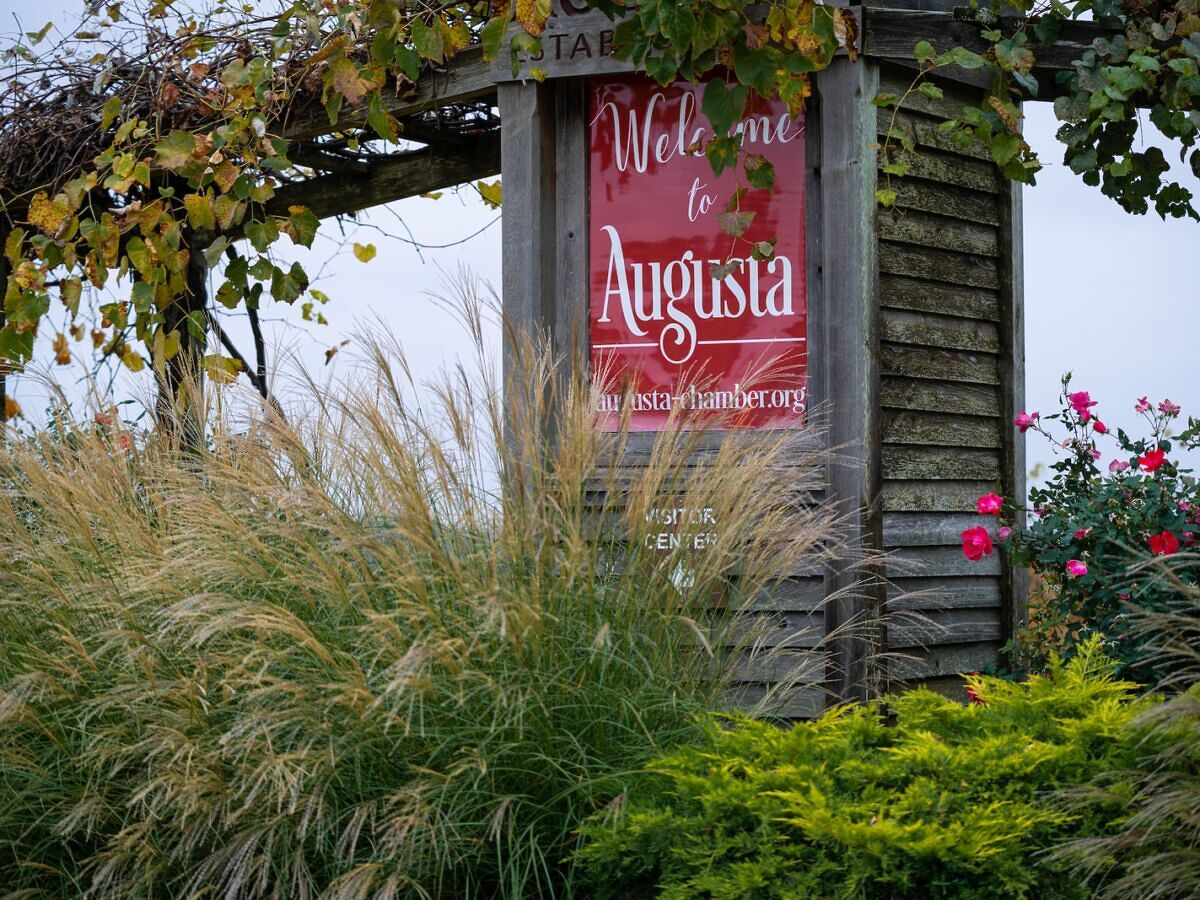
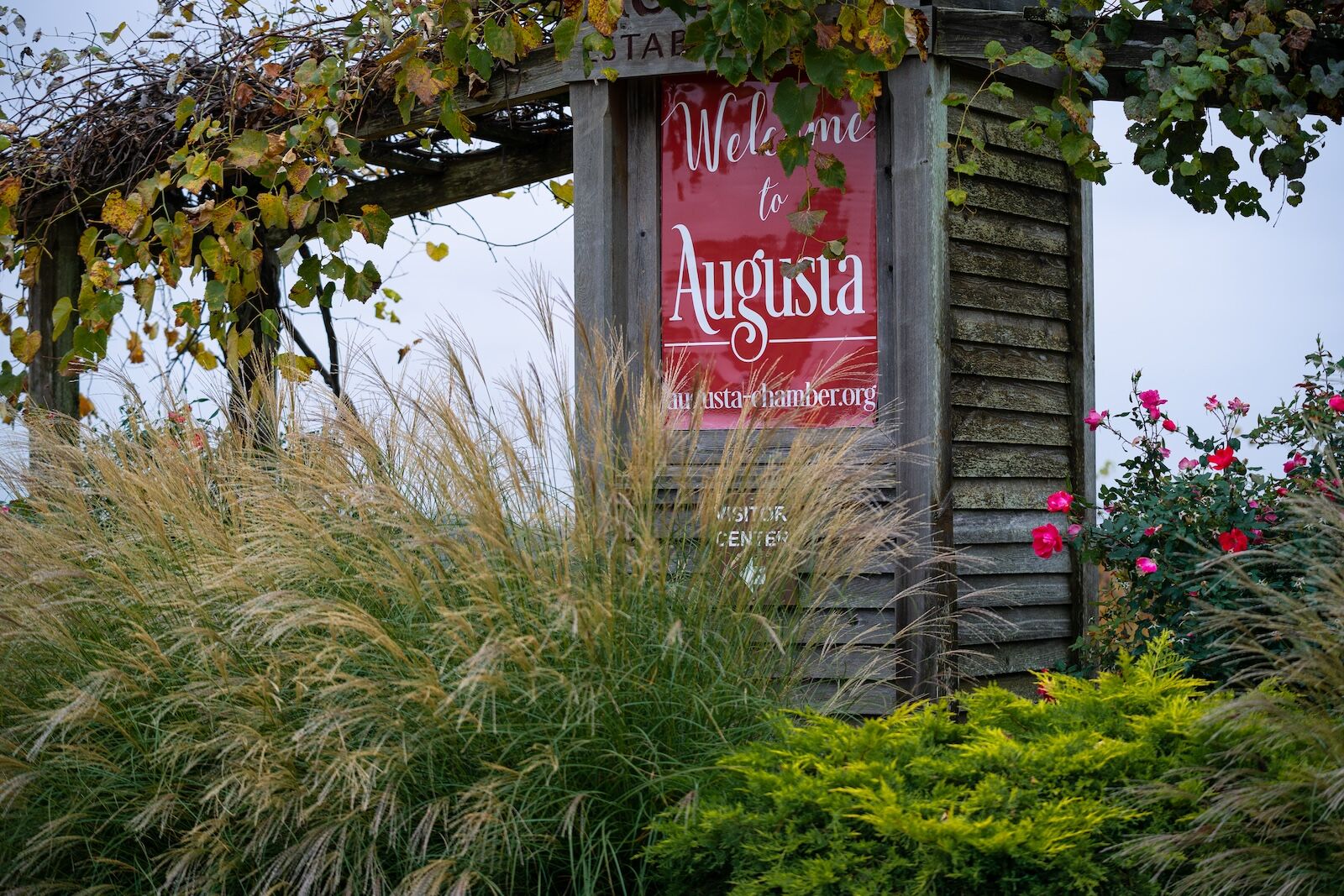
In the soft folds of Missouri’s Ozark Highlands, where fog clings to rocky bluffs and ancient oak and hickory trees shade narrow roads, sits a town so small you can drive through it in under three minutes. This is Augusta, population 264. Its claim to fame? It was America’s first official wine region. It happened long before Napa, before Sonoma, and long before Texas Hill Country.
Yes, before the Pacific breeze-kissed vineyards and polished tasting rooms came to define California’s wine empire, there was Augusta, Missouri, granted American Viticultural Area (AVA) status in June 1980 – seven months before Napa Valley earned the designation. Here in America’s heartland, on a crescent-shaped ridge along the Missouri River atop subterranean layers of glacial silt and limestone, American wine culture first put down its literal and figurative roots.
Tiny town, big wine legacy
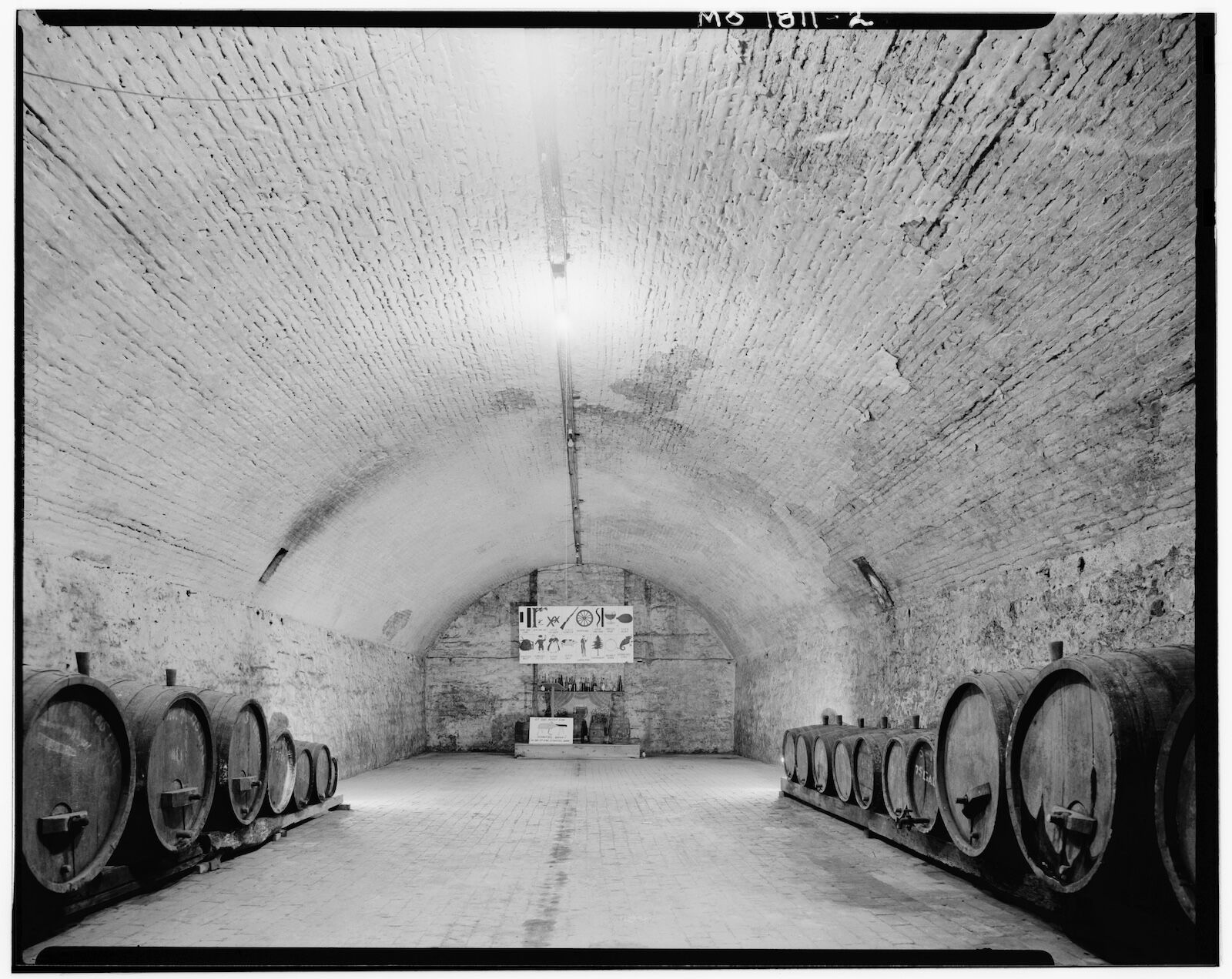
A historical photo of an Augusta, Missouri, wine cellar (date unknown). Photo: Library of Congress/Public Domain
With just a few hundred residents and blink-and-you’ll-miss-it main street, Augusta hardly looks the part of a wine trailblazer. But that’s only based on our current perceptions of places like Napa and Monterey County. Back in the 1800s, German immigrants saw something familiar in the region’s undulating hills and river valleys. The area, called Mt. Pleasant at the time, was (and still is) strikingly similar to the Rhine River Valley in western Germany. Sticking to what they knew, the Germans planted grape varieties, similar to the ones they had back home.
Missouri had an active, robust wine industry by 1850, with more than 100,000 gallons produced statewide each year. For context, Los Angeles, another thriving wine region at the time, produced about half that. Mount Pleasant Estates, founded in 1859 and still in operation today, was the first winery, its cellars built from native wood and limestone. At its peak, Missouri was the second-largest wine-producing state in the country, behind – believe it or not – Ohio. However, that early success wasn’t solely about terroir: timing and tenacity played just as big, if not bigger, roles.
The valley’s central location provided easy access to major trade routes along the Mississippi River and via railroads to Chicago. Even more critical, though, were the local scientists that played a key role in solving one of the wine world’s biggest crises at the time: phylloxera blight. When a tiny aphid devastated French vineyards in the late 1800s, Missouri entomologists and viticulturists developed hybrid, blight-resistant roots from native American grapes. Working in tandem with local grape growers who planted new vineyards at a rapid rate to help, they shipped millions to France, allowing the country to replant its historic vineyards and resurrect its wine culture.
And then, quite literally overnight, it all vanished.
From boom to bust and back again
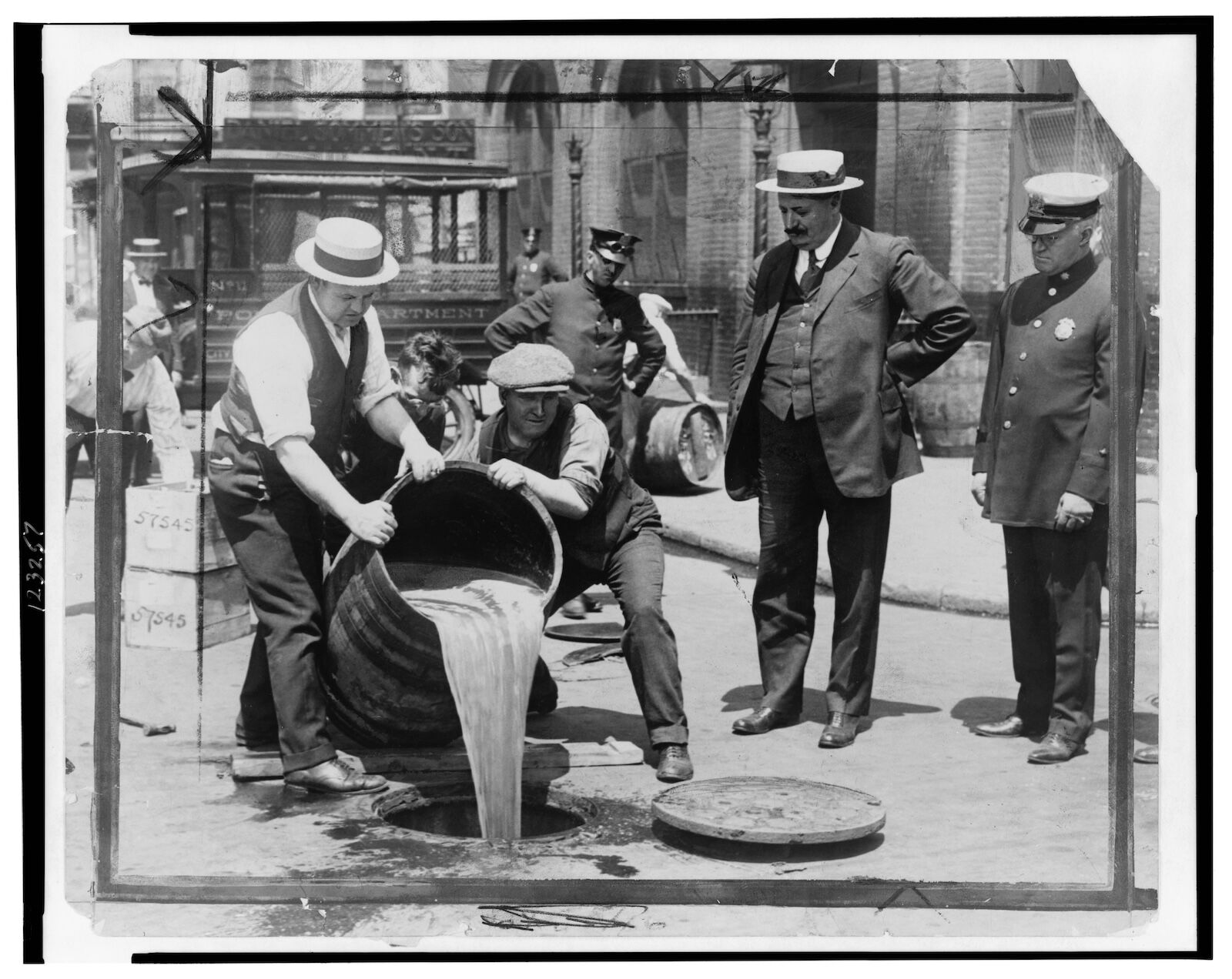
New York City Deputy Police Commissioner John A. Leach, right, watching agents pour liquor into sewer following a raid during the height of Prohibition. Photo: Library of Congress/Public Domain
The Volstead Act, commonly known as Prohibition, swept across the US in 1920, banning the sale, distribution and production of alcoholic beverages. Vineyards were razed and wineries shuttered. After nearly a century of momentum, Missouri’s wine legacy nearly faded into obscurity.
Even after the Act’s repeal in 1933, rebirth took time. Winemakers slowly returned in the 1960s and ‘70s, renovating long-abandoned wineries. By the time the federal government created the AVA system in 1980, modeled after longstanding European regulations to more accurately define and label wine origins, Augusta was ready to stake its claim as a leading wine region.
Following strict guidelines, Augusta winemakers became the first group to complete an AVA application and be interviewed by the United States Alcohol and Tobacco Tax and Trade Bureau (TTB). To earn the designation, an area must have a definitive border, unique soil, geology, and climate, and historical significance. The 15-square-mile area surrounding tiny Augusta, uniquely protected from frigid winter winds and with fertile, mineral-rich soil, was a natural choice.
Rerooted
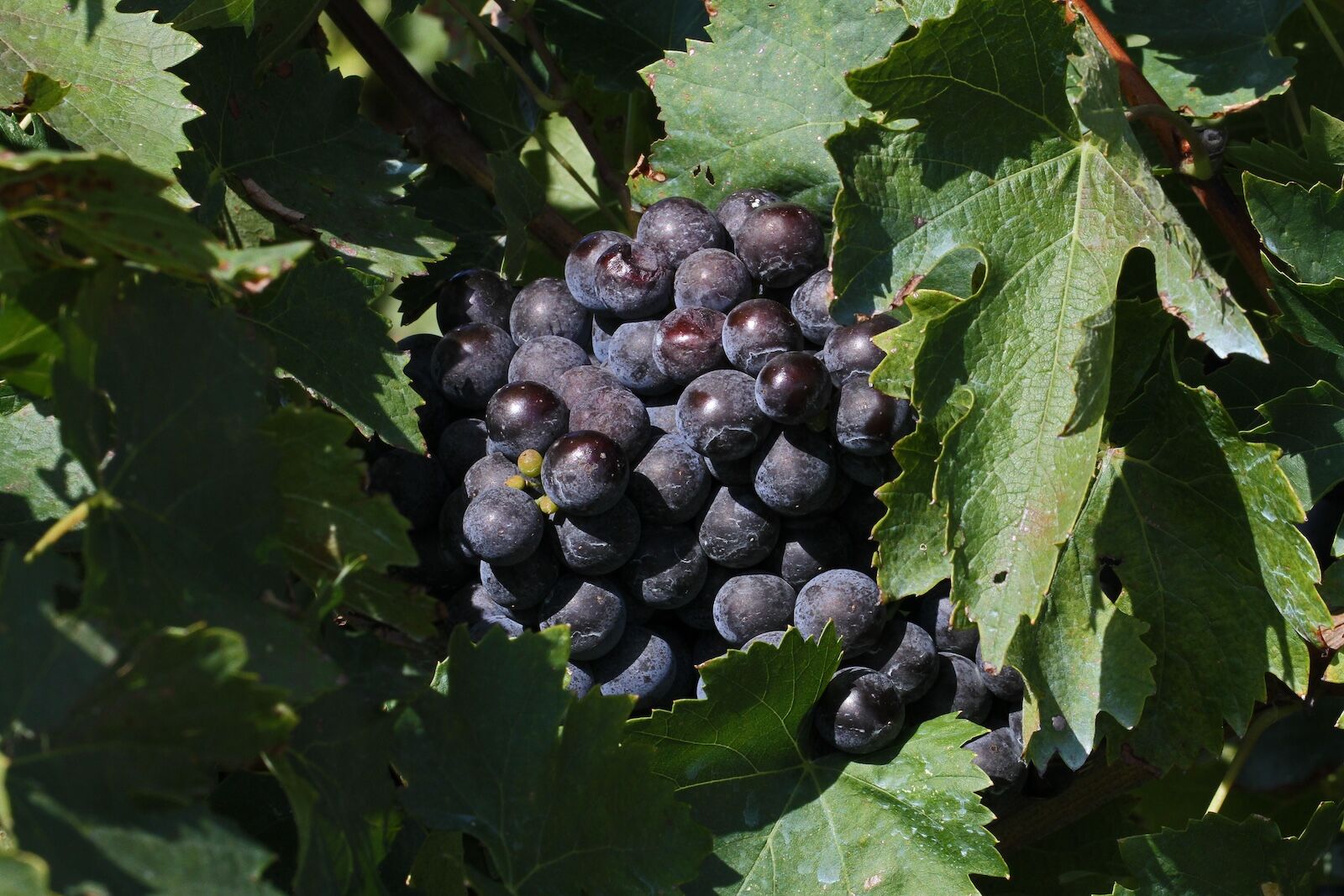
Norton is the official state grape of Missouri. Photo: Ruth Swan/Shutterstock
It’s the rugged, steadfast land that ultimately brought Augusta back. Or, more specifically, the soil and vines, seemingly purpose-built for endurance by Mother Nature herself.
That’s where norton comes in. Deep purple, tenacious, and uniquely Midwestern, norton is one of America’s oldest native cultivated grape varieties, and Missouri’s official state grape. Hardy enough to survive the region’s harsh winters and humid summers, norton yields bold and peppery red wines. It’s often compared to zinfandel, but interestingly, norton has high acidity levels — unusual for red grapes in general and the opposite of low-acidity zin. This unique profile is sometimes referred to as the “norton twang,” ensuring the one-of-a-kind wine packs a rich, sometimes tart, and always earthy taste, with notes of coffee and chocolate.
Alongside Nnorton, a host of French-American hybrid grapes like chambourcin, vignoles, and seyval blanc thrive in the Augusta AVA. More familiar grapes, including chardonnay and cabernet sauvignon, also perform well here, often showing surprising depth and complex berry notes.
A town defined by wine

A cyclist on the Katy Trail near Augusta, Missouri. Photo: Lana G/Shutterstock
Visit Augusta on a sunny weekend, and you’ll feel the distinct pulse of a town built around wine. Five wineries open to the public occupy the AVA’s compact footprint, each with its own character and lineup. Notably, you won’t detect one shred of pretentiousness at any of them. The charm here lies in authenticity. It’s common to see cyclists pull off the Katy Trail (a 240-mile rail trail cutting through town) for a tasting, and casual, come-as-you-are festivals draw day-trippers from St. Louis year-round.
At the center of it all is Mount Pleasant Estates, still operating out of its original limestone cellars. The winery feels like a time capsule in the best way, and legend has it, you can find the only two wine barrels in Missouri that survived Prohibition in those cellars. Visitors can sample the widely celebrated norton at nearby Augusta Winery, pair wines with elevated rustic Italian cuisine at Balducci Vineyards’ wide-open spaces, or take in expansive views of the entire valley from the sunny terrace at Montelle Winery.
The perks of being under the radar
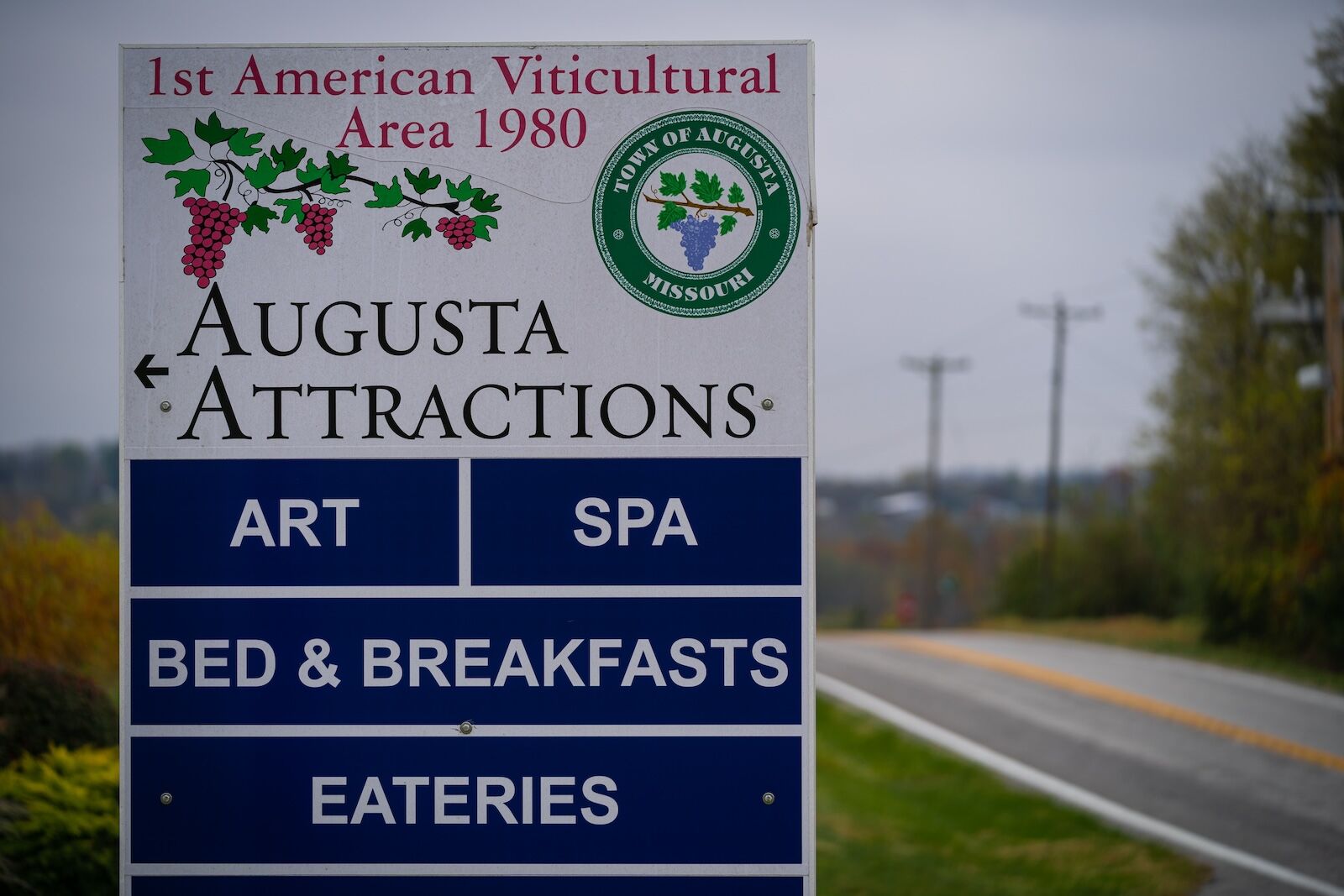
Photo: Visit Missouri
Despite its storied history, Augusta’s greatest strength lies in never trying to imitate or compete with other esteemed wine regions. While California wine country can feel exclusive, overwhelming, and prohibitively expensive, Augusta remains refreshingly approachable. Visitors don’t have to book tastings weeks in advance, or at all for that matter, and there’s no pressure to join exclusive wine clubs. You can drift between wineries on a whim, stay in cozy B&Bs, and leave with a surprisingly affordable bottle or two of wine you’ve never heard of. Expect to pay between $20-30 for a bottle of norton or vignoles.
This is precisely what makes Augusta so appealing in today’s travel landscape. As oenotourism booms and popular wine destinations face the ever-mounting stress of overtourism, travelers are increasingly seeking lesser-known regions with just as much on tap (pun very much intended). Augusta’s roads are quiet, its people and businesses are welcoming, and the wine flows year-round.
The next chapter
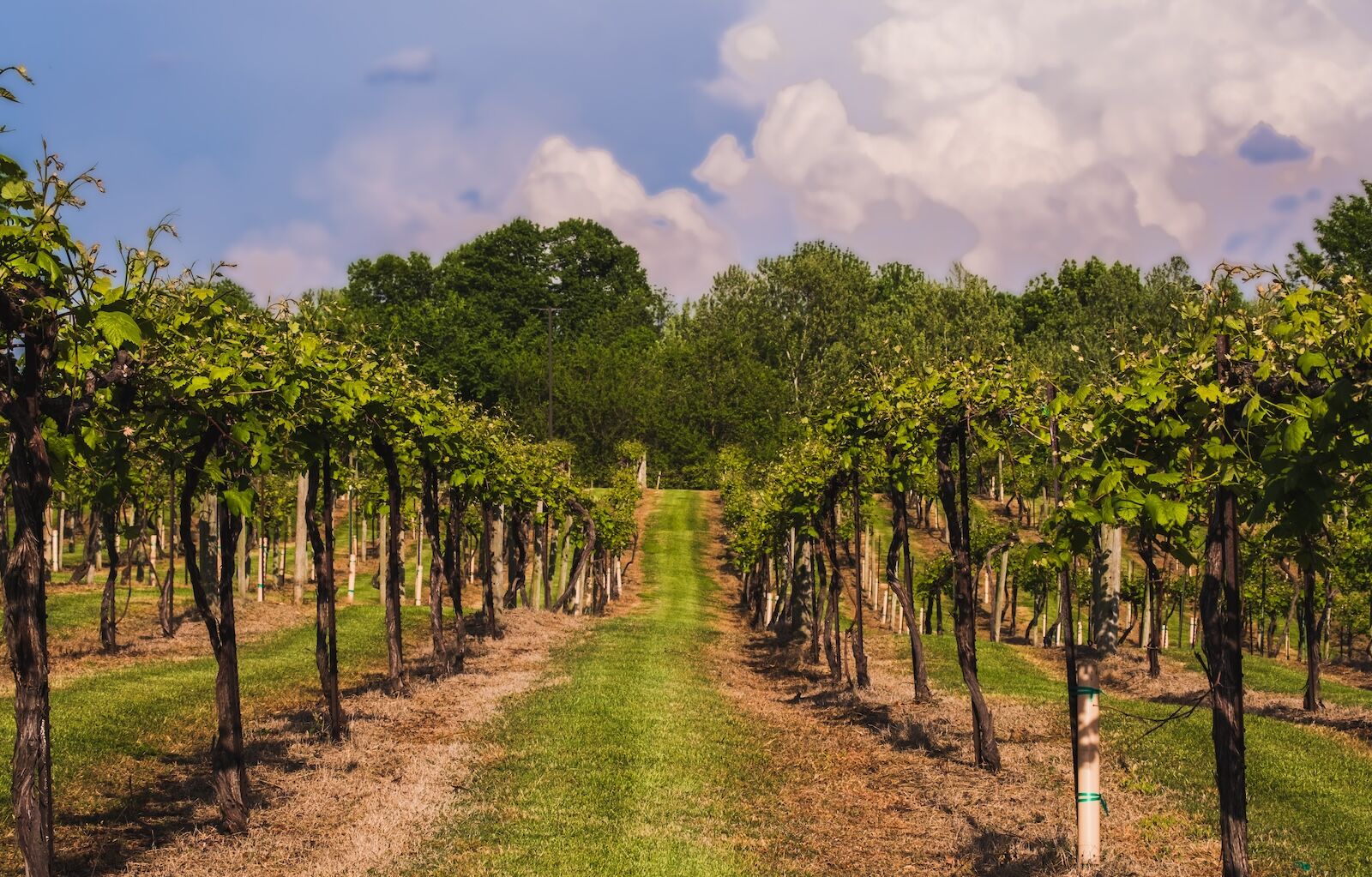
Photo: LanaG/Shutterstock
Augusta doesn’t rest on its historic laurels. A major revitalization is underway, spearheaded by the Hoffmann Family of Companies, which owns four of the five local wineries open to visitation (all but Noboleis Vineyards). The developers’ $150-million vision includes a vineyard expansion, a luxury downtown hotel and spa, a golf course and amphitheater, and the introduction of the “Miss Augusta,” a luxury, three-story river cruise yacht.
Getting to and around Augusta
Augusta is about an hour drive west of St. Louis. Once you arrive, park your vehicle at your lodging until it’s time to head home. It’s easy to walk between Augusta Winery and Mount Pleasant Estates, or bike along sleepy roads to Noboleis, along with several restaurants and shops. Visitors can rent bicycles from businesses in town, though some Airbnbs or lodging options may include them for guest use. On Saturdays from May through October, you can also hop on the free wine trolley. It runs in a continuous loop and passengers don’t need tickets or reservations.![]()

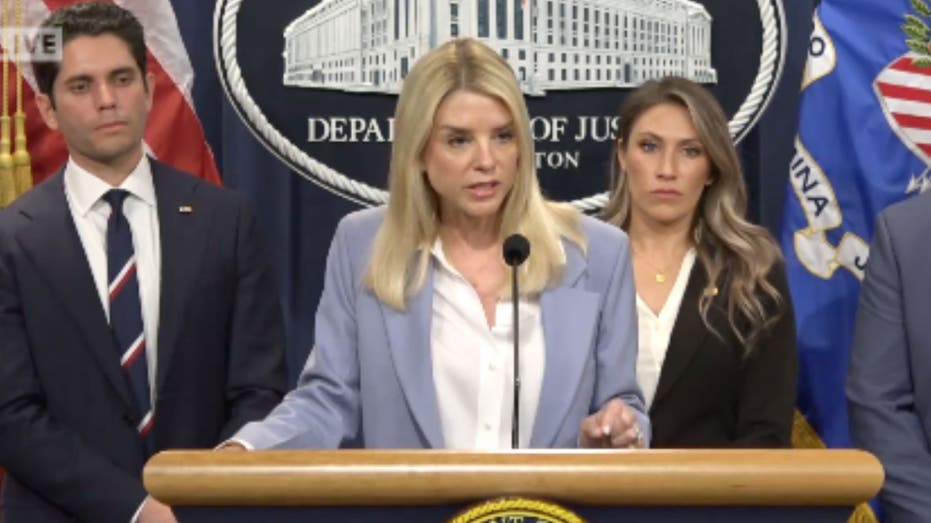

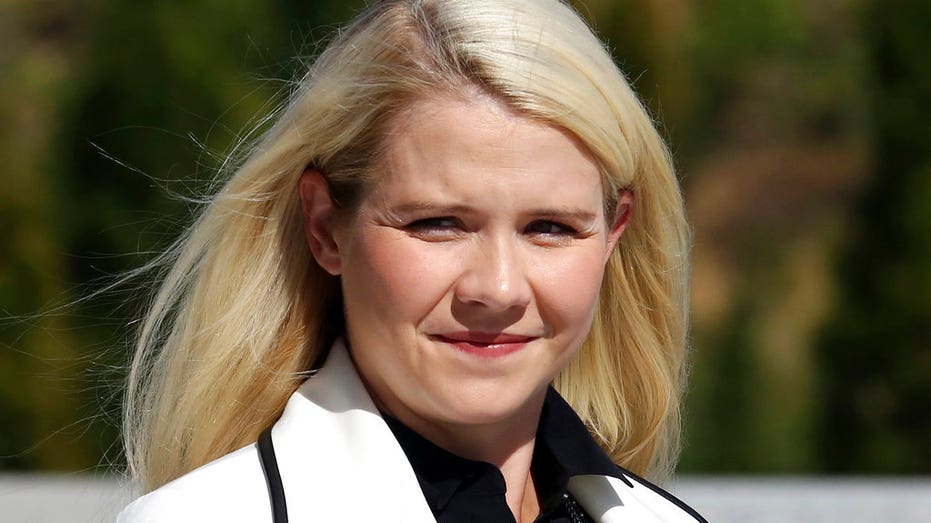
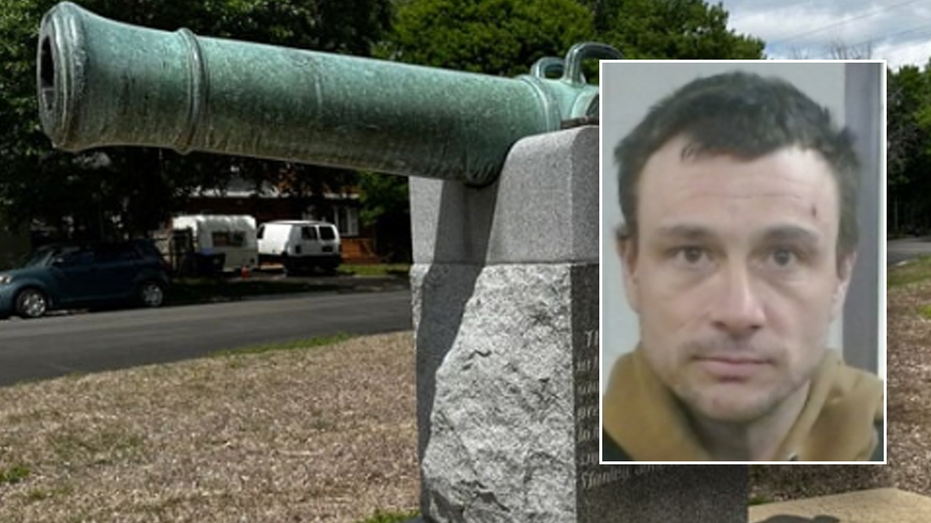















_Alexey_Kotelnikov_Alamy.jpg?width=1280&auto=webp&quality=80&disable=upscale#)












